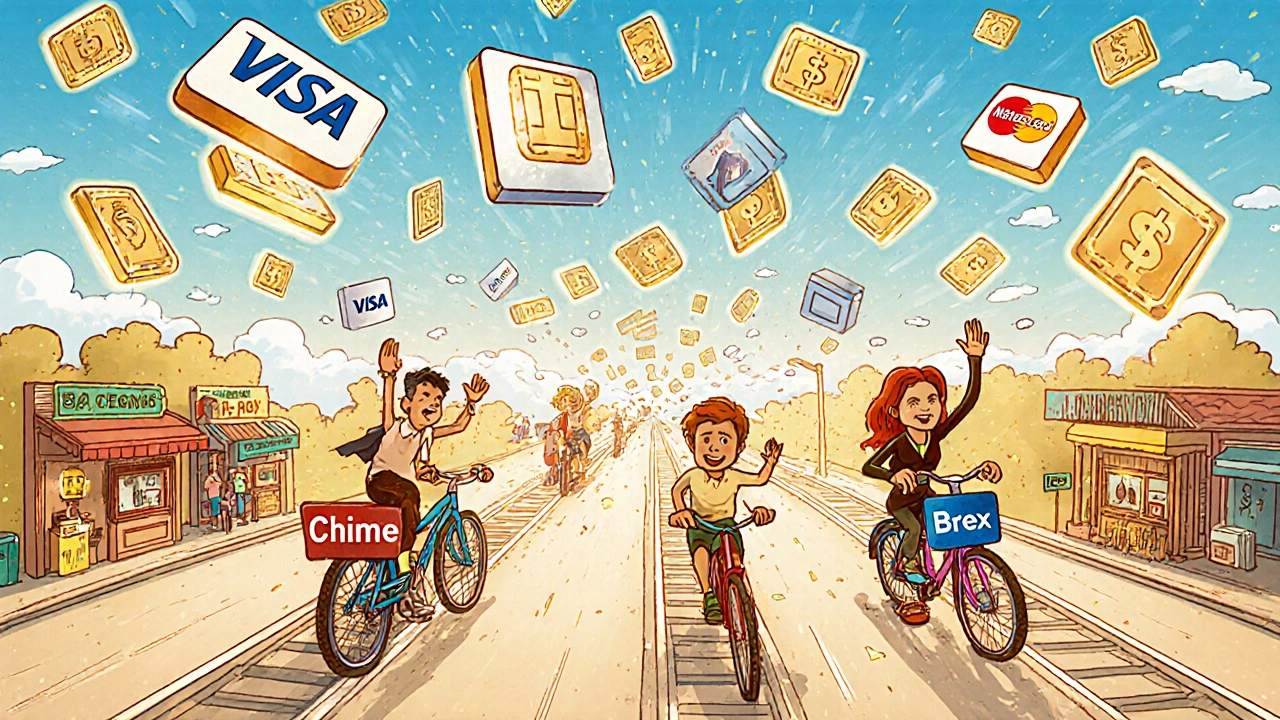Interchange Fees: What They Are and How They Impact Your Wallet
When you swipe your card, a small fee quietly moves from the merchant’s bank to your card issuer—that’s an interchange fee, a fixed cost paid by merchants to card networks like Visa or Mastercard for processing each transaction. Also known as card network fees, it’s the invisible price tag on every purchase you make. You never see it on your receipt, but it’s built into the cost of everything from coffee to clothing.
These fees aren’t random. They’re set by card networks, companies like Visa, Mastercard, and American Express that manage the payment infrastructure connecting banks, merchants, and consumers, and vary by card type, transaction method, and merchant category. A rewards credit card transaction might cost a merchant 2.5%, while a basic debit card could be under 0.5%. That difference adds up fast—especially for small businesses. In fact, studies show that interchange fees eat up nearly 2% of total retail sales in the U.S. every year. That’s billions going to banks and card networks, not to the shop owner.
And it’s not just merchants who feel the pinch. When businesses pay more in fees, they often raise prices to cover it. That’s why your local bakery or hardware store might charge more than a big chain—they can’t absorb the same fees. Meanwhile, your bank rewards you with cash back or miles because they’re getting paid by the merchant, not you. It’s a system where the person paying with points gets a perk, and the person running the business pays for it.
Interchange fees also tie directly into how payment processing, the system that moves money from your card to a merchant’s account through banks, processors, and networks works behind the scenes. Every time you tap your phone or insert a chip, multiple players take a cut: the issuing bank, the acquiring bank, the network, and the processor. The interchange fee is the biggest slice—and it’s the only one that’s non-negotiable for merchants. They can’t refuse it, even if they hate it.
That’s why so many small businesses now push for cash discounts or minimum purchase amounts for cards. It’s not about being difficult—it’s about survival. And if you’re someone who invests in fintech or runs a side hustle, understanding this system helps you choose the right payment tools. Some processors bundle fees differently. Some offer flat rates. Some even let you pass the fee to the customer legally (in most states).
What you’ll find in these posts isn’t just theory. It’s real breakdowns of how money flows, how fees are hidden in plain sight, and how you can make smarter choices whether you’re spending, selling, or investing. From how BNPL services negotiate these fees to why fintech startups are building alternatives to traditional card networks, the collection below gives you the practical view of what really happens when you pay for something.
How Fintech Companies Work With Payment Networks and Card Schemes
Fintech companies rely on payment networks like Visa and Mastercard to process card transactions. Learn how interchange fees, network rules, and certification impact their revenue-and why understanding these systems is critical for success.
View More